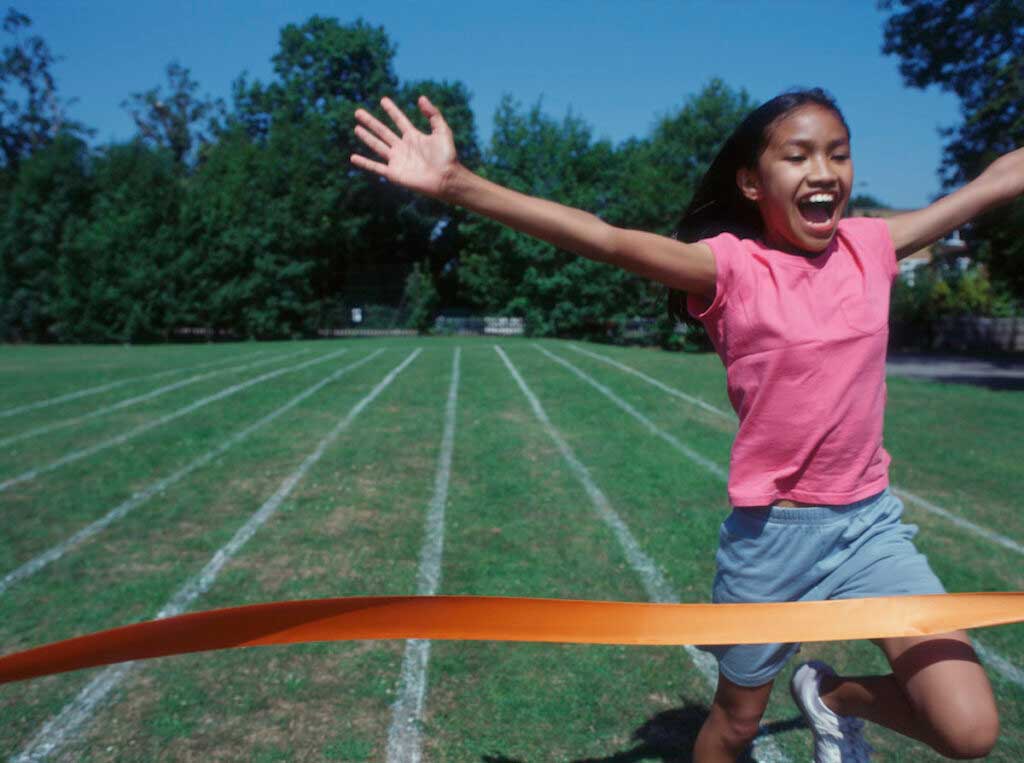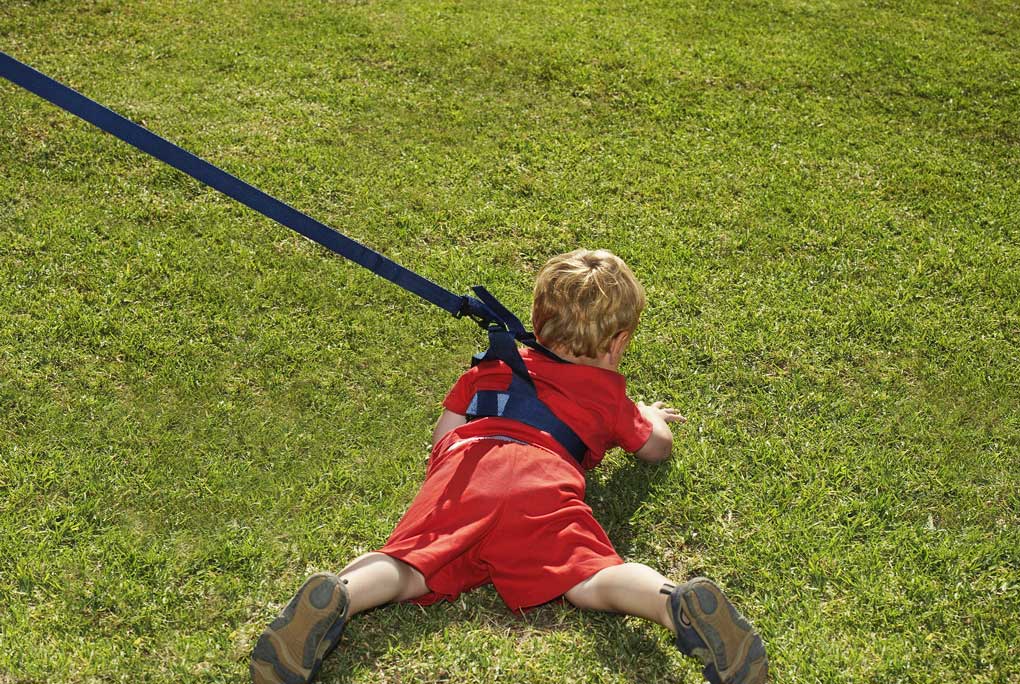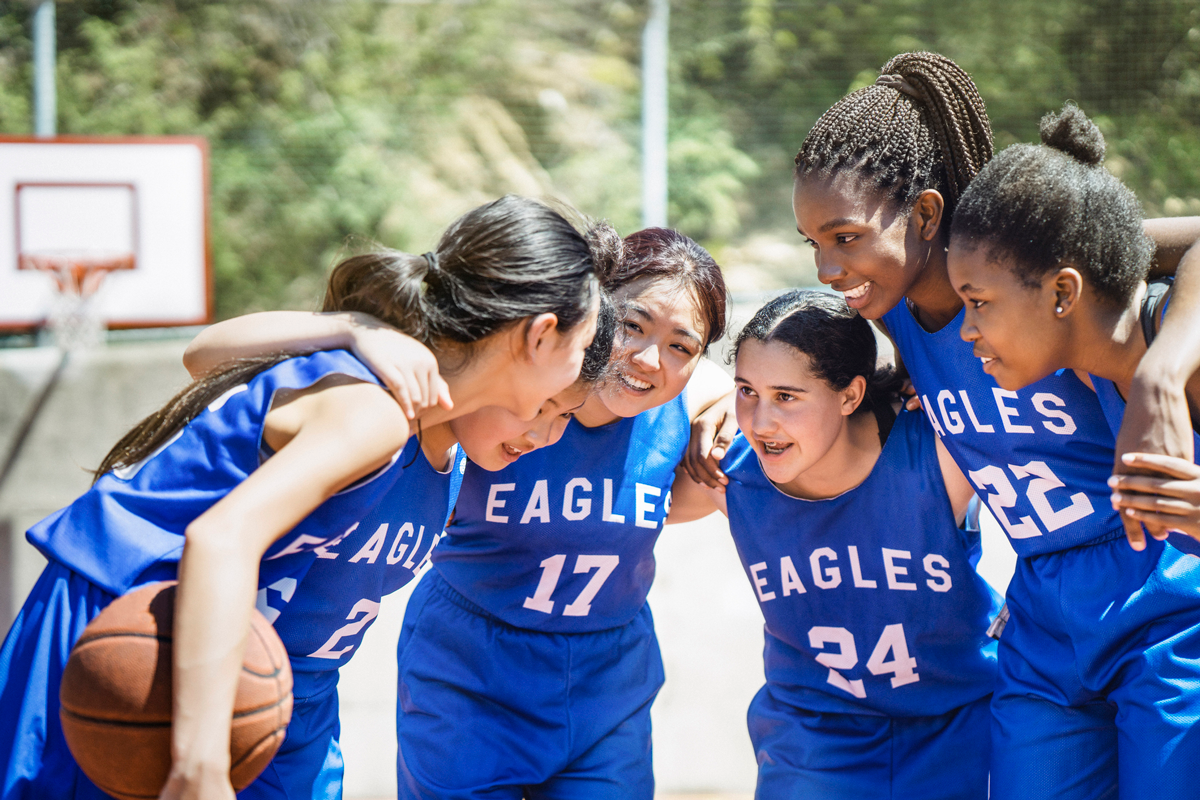My family and I are big fans of sports — I previously worked as an athletic trainer, and my husband was a quarterback (including professionally in Europe/arena leagues). This love of sports, and specifically football and hockey, has also trickled down to my 4-year-old, who is obsessed.
So with all that being said, the New York Times article about the CTE [brain disease associated with repeated traumatic brain injuries] risks in youth playing contact sports (especially football) really has me worried. Is there any large-scale data on this risk? Any proven risk-reduction strategies other than preventing my son from doing something he really wants to do and trying to steer his interest toward safer forms of exercise?
—Worried sports mom
Relative to when we were kids, there is a lot more concern these days about physical safety. In some cases, I believe this concern goes too far — removal of playground equipment; not allowing kids to walk three blocks home from school — but the rise in worries about head injuries is well-placed.
This is a topic I discuss at more length in The Family Firm, but, in brief, there is increasing data suggesting that repeated head trauma causes long-term brain changes. There is evidence that entry into football at a younger age is associated with higher rates of brain injury, even among a sample of people who all ended up playing professional football. Other data has shown that the highest concussion risks for high school students appear in football, girls’ soccer, and boys’ wrestling.
An important part of this new conversation is the recognition that it is not just concussions that matter. One appropriate reaction to these concerns is to improve the concussion protocols for youth sports (and all sports) to make sure people aren’t returning to the field with a concussion. But the issues go beyond concussions, as the article on CTE in the New York Times pointed out. Repeated head trauma, even if any individual event doesn’t rise to the level of a concussion, seems to be damaging.
There is much more that can be said on this, but if you are looking for resources, I would point you to the Concussion Legacy Foundation, co-founded by Chris Nowinski, a former Harvard football player and professional wrestler with a PhD in behavioral neuroscience from Boston University. Chris and his group have been pushing the frontiers of research and also of advocacy. In particular — and here is where we get into the practical — they’ve put together a campaign called Stop Hitting Kids in the Head, which advocates for changes in youth sports to have fewer head injuries. Their goal is to increase the age at which kids tackle in football and rugby and the age at which headers are allowed in soccer. These changes would serve to decrease the repeated head trauma that kids experience at young ages.
This is all to say: yes, there is data to suggest that there are risks to these sports (there are risks to all sports, but brain injury risks do not arise as much in things like swimming or baseball). But there is also the fact that your son wants to do them, and there is always a balance to weigh. One concrete thing you can do is look for leagues that limit tackling and heading in early years.


















Log in